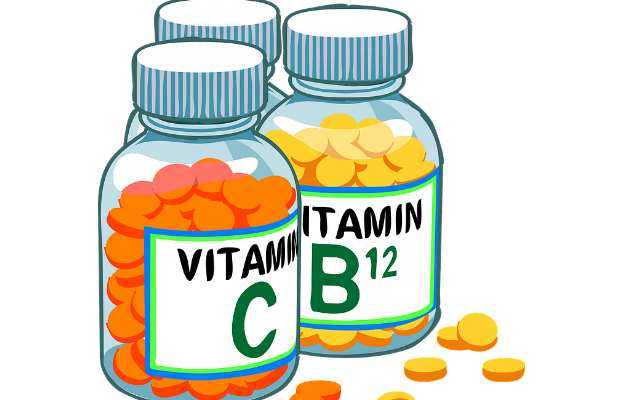What is iron poisoning?
When a person consumes an excessive amount of iron, usually in a short span of time, there is an overload of iron in the body leading to iron poisoning. Iron poisoning is more common in children than adults.
What are its main signs and symptoms?
- The preliminary signs of iron poisoning are abdominal cramps and gastric discomfort.
- A person who has consumed too much iron will have blackish stools or even blood in the stools.
- Other early symptoms of iron poisoning are dehydration and severe vomiting.
- If the above/early symptoms do not resolve within 24 hours, more serious symptoms develop. These include: difficulty in breathing, irregular pulse, dizziness, bluish discolouration of skin, elevated body temperature
- The severity of the symptoms depends on the amount of iron ingested.
What are the main causes?
The most common cause of iron poisoning in children is consuming too many iron supplements. This happens if young ones are left unsupervised or the tablets are kept within easy reach.
Iron supplements are prescribed to children and adults for anaemia. But when taken without the advice of a doctor, or in an unregulated quantity, over intake can lead to iron poisoning.
When a person consumes more than 20mg of iron per kg of body weight, the symptoms of toxicity begin to appear.
At 60mg/kg, severe complications occur, and immediate treatment becomes necessary.
How is it diagnosed and treated?
- If a child shows symptoms of iron poisoning, then the physician will take a detailed history of the dosage of iron consumed.
- Blood tests are ordered, which reveal the amount of iron present in the blood. These are called iron studies.
- Through imaging, a medical expert can check for iron pills in the gastrointestinal tract, however, this is not always reliable.
Treatment of iron poisoning includes:
- If the symptoms of iron poisoning disappear within a few hours, then there is no need for treatment.
- However, for persistent symptoms without any relief, intervention is needed.
- Immediate treatment includes a gastric wash, which means complete emptying of the stomach using a chemical agent.
- Another method consists of introducing a special chemical into the body intra-venously (IV). A chemical, called deferoxamine, binds to the iron and helps to excrete it through urine. However, this chemical is known to have respiratory side effects.

 OTC Medicines for Iron Poisoning
OTC Medicines for Iron Poisoning















